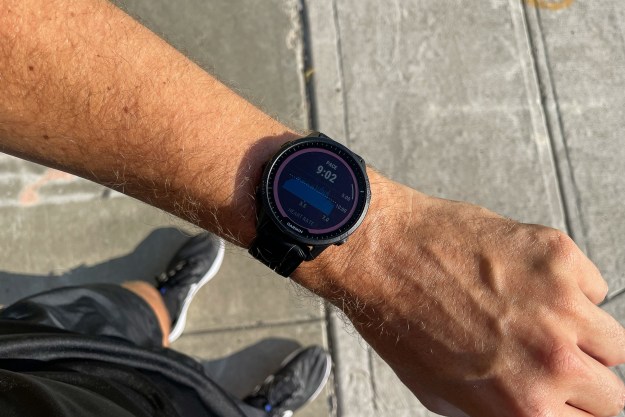It’s a bird! It’s a plane! It’s a… mechanical falcon?!
Next February a life-like, robotic bird called the Robird will make its maiden flight above Weeze Airport near the Dutch border in Germany. Developed by engineers at the University of Twente in association with Clear Flight Solutions, the Robird is designed to imitate the flight patterns of the world’s fastest animal –the peregrine falcon– in an effort to scare away nuisance birds.
Weeze Airport will serve as a testing ground for Robird. Clear Flight Solutions’s drones already sees airtime elsewhere but have only just been approved for flight at an airport, where protocols can be prohibitively strict. “Schipol Airport has been interested for many years now,” University of Twente Master’s student and Clear Flight Solutions CEO, Nico Nijenhuis, said in a press release, “but Dutch law makes it difficult to test there. The situation is easier in Germany…”
Along with testing the Robird, Clear Flight Solution plans to train the drones’ “pilots” and “observers,” who look out for other air traffic. Nijenhuis admits that the high-risk environment of an airport demands caution and awareness. Even the best technologies are only so effective without human guidance.
And accidents can happen even with human guidance. Just this weekend, a pilot reported that his British Airways Airbus A320 may have collided with a drone while landing at London’s Heathrow airport.
But at airports birds are a much bigger nuisance than drones. Airport bird control worldwide costs billions of dollars, according to the press release. The waste disposal, shipping, and oil industries also apparently spend billions on avian pest control. The Robird may be an effective and affordable solution.
Last March, Clear Flight Solutions, a spin-off company from the University of Twente, received an investment of €1.6 million ($1.81 million) that enabled them to focus their efforts on the field of bird management. Nijenhuis says his team has grown steadily since then, with the addition of a 747 pilot to assist with airport projects.
The company still has trouble getting permission to test at airports though. Nijenhuis voiced disappointment with the Netherlands’s sensitivity to drone testing. The Robird testing may have been approved at Weeze, but the relatively small German airport handles about 2.5 million passengers each year — which is nothing compared to the 55 million passengers that flow through the Netherlands’ Schipol airport every year.


